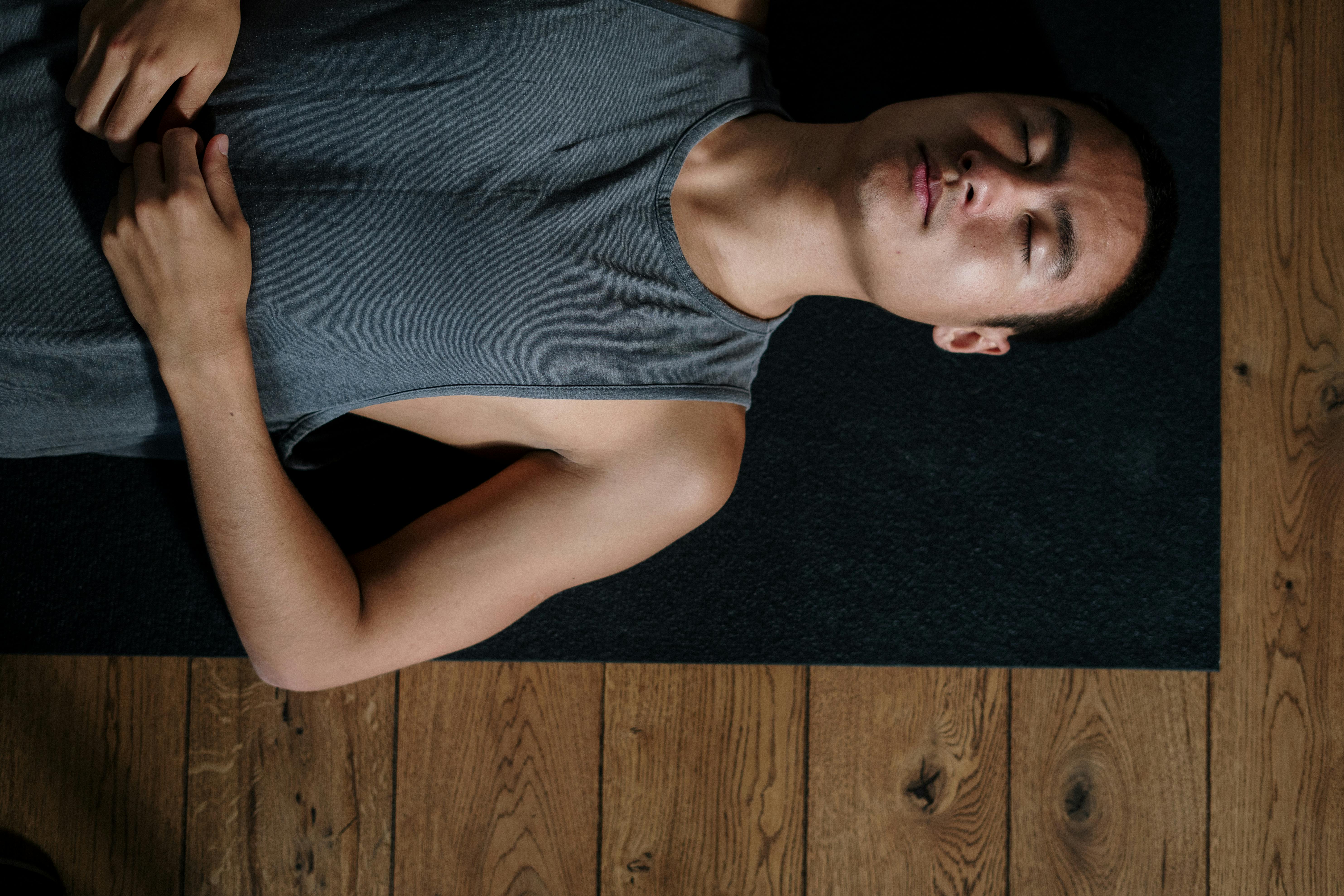



You are sore. Something feels tight, stiff or uncomfortable. You think about doing a few stretches to ease it, but part of you wonders: Is this something I can manage on my own, or should I get it checked out?
It is a common question. Most of the time, the answer is yes, you can start on your own. Your body is designed to move and recover. Doing gentle and consistent stretching is one of the safest and simplest ways to support your body through discomfort.
That said, a few signs suggest you may need more guidance. Let’s examine them.
Gentle movement is a powerful tool for most muscle and joint discomfort. Stretching can help by easing tension, improving circulation and giving your nervous system the message that the area is safe to move.
Try stretching first if:
These are all signs your body needs a nudge, not a full intervention.
The goal is to feel ease, not intensity. If it feels good, that is your cue to keep going.
There are times when it is worth slowing down and reassessing. That does not mean you need urgent care, just that your system may need more time or a second opinion.
Consider getting support if:
These signs do not always mean something serious, but a bit of support can help you make a better plan.
You do not need a referral or diagnosis to start helping your body feel better. Most pain is not a sign of damage. It is your nervous system asking for movement, variety and reassurance.
Gentle stretches, small walks, body awareness and short breaks during the day can go a long way. You are allowed to trust your body and take small steps before turning to someone else.
Start with stretching if the pain is mild, familiar or clearly linked to activity. Support might be helpful if the pain is persistent, spreading or stopping you from functioning.
But in most cases, your body is not broken. It just needs calm, gentle care, which you can often provide yourself. No appointment needed.